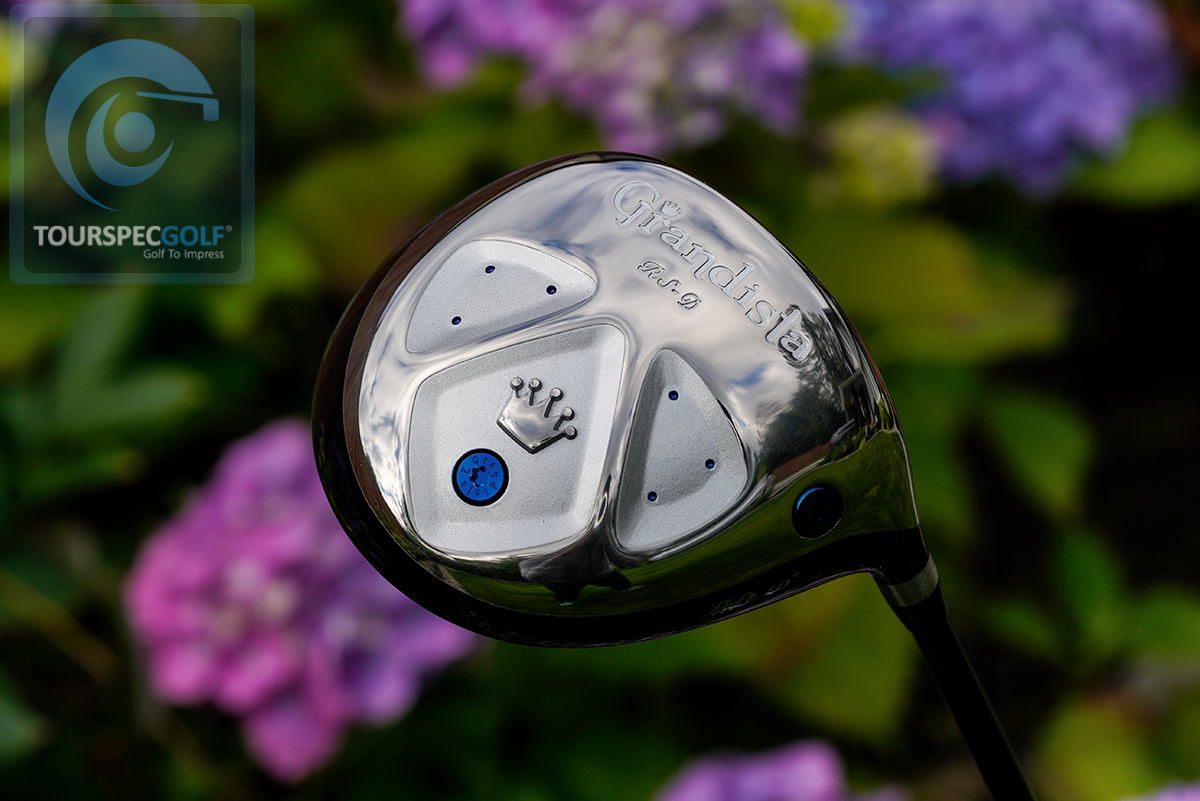CEO and founder of Real Sports, Yoshikazu Yoshida has been a golf professional since 1998. Yoshida has been mostly in the teaching business for over 10 years. While teaching many students, he realized that many of his students are using equipment that is not helping them improve their swing. The initial thought was to see if he could come up with a product designed to help golfers improve their swing and as a result, improve their game as well as overall golf experience. For this reason, Real Sports was founded in 2013. All the years he has been teaching, the number one request that he has been getting from his students was that they wanted to be better with their drivers. Symptoms varied in type and degree but Yoshida came to realize one common issue was with modern 460cc drivers which typically has a long CG distance. While longer CG distance can be highly effective in higher energy transfer at impact which produces longer distances, it can be a challenge for amateurs and players with slower swing speeds to square the face at impact. Yoshida decided that he wanted to design and produce a driver that could help amateur players to drive their ball better with a head that is easier to square at impact. Yoshida’s desire is to design and produce golf clubs with a purpose. He does not want to design golf clubs just for the sake of selling new golf clubs. It needs to mean something for him and for the students he teaches as well as other amateur golfers out in the real world. His mission is clear. Yoshida’s brand, “Grandista” is a word that combines “Grand” = Big “Distanza” = Distance in hopes that his products will help users produce many big drives! Setting aside the real-world problems he wants to solve, his ambitions extend for his company one day serving the PGA Tour to support professionals from a Grandista tour van!!
RS-D Driver
The RS-D driver follows the successful footsteps of the Grandista RS-001 which was Yoshida’s first Grandista driver. The RS-001 featured a CG geometry that is regarded to be a ”Golden Ratio” which was 40mm CG distance x 40mm CG depth. This Golden Ratio, where CG distance and CD depth are 1 to 1, is said to provide optimal stability to the head. RS-001 also featured a carbon crown to allow re-distribution of weight lower in the head for a low CG design. Since the introduction of RS-001, Yoshida has been continuously collecting feedback from users regarding looks, feel, sound and playability. The new RS-D reflects many of the feedback he received from customers.
Even with the 40mm CG distance, it was a challenge for many amateur users to square the face at impact. Yoshida goes with 35mm CG distance and in order to maintain the Golden Ratio geometry, CG depth is also shortened to 35mm. By design, the head should now be easier to square and the shorter CG depth will produce lower backspin.
As all golf club connoisseurs can appreciate, it is rare to have performance, looks, feel and sound all meet satisfactory levels in a single head. You could have a great performing head that sound and feel horrendous. Unfortunately, LS-001 model was just that. Users complained about the sound quite a bit. Thru this experience, Yoshida decides that a full titanium construction with SP700 face was the optimal combination to create the best feel and sound but without compromising distance. Compared to the previous carbon crown construction, the all Ti construction does bring the CG location slightly higher. This could mean that it will launch the ball slightly lower. In order to help with the launch, Yoshida incorporates an enhanced spherical shape on the crown for added flex of the crown at impact. The round spherical shape has a characteristic to flex/deform easier but also return to its original shape quicker. Upon impact, the crown flexes more than the sole, therefore creates additional loft on the face. This helps add launch angle to the shot. In addition, when the flexed crown snaps back to its original form, it helps to add more speed to the initial ball velocity. Very crafty this crown design!! And the bulging appearance of the crown is quite sexy in a driver head if you ask me.
The internal surface of the head needed to be smooth and flat to avoid resonating sound at impact. By designing internal walls that were fairly smooth and flat, he came up with some weight that could be strategically placed. Yoshida chose to place the excess weight right at the heel side of the sole. This will help even more for players to square the face at impact.
For this head, Yoshida chose a smaller size, 445cc… Why did he choose to go small? Smaller head can help produce higher head speed due to less drag. The smaller head does mean smaller sweet spot but Yoshida says a smaller sweet spot is not necessarily a bad thing. “Would you rather have a large sweet spot where your mishits will fly severely left or right and go out of bounds because the distance was still good? Or would you rather have your mishits end up shorter but possibly still in play? ” Pretty convincing when Yoshida says it!!
It seems like Yoshida has hit a home run with this new RS-D driver where he addresses all the slight dislikes and challenges reported by his users in his previous drivers. The New Grandista RS-D is now available HERE







